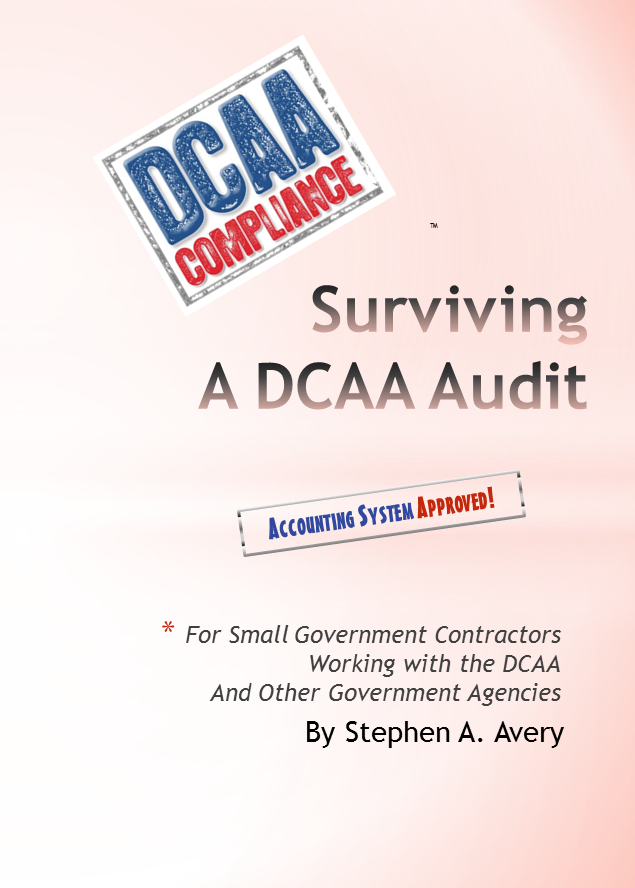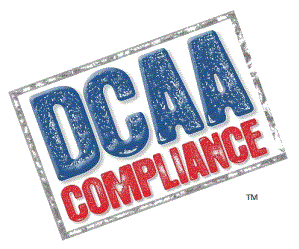“Definition of a committee: A creature with at least six legs and no brain” – Robert Heinlein
I would guess that the Model Schedule I is the product of a committee. The lack of coherence or unity in the design and implementation is only matched by the lack of training and support. DCAA devotes an entire chapter to incurred cost proposal audits (Chapter 6) without discussing their model incurred cost proposal beyond mentioning its existence and a section on CACW that actually contradicts the regulation it refers to. Most DCAA auditors will accept any interpretation of the Schedule I that contractors offer but too many try to defend or even interpret the schedule in the strange manners I discuss during implementation.
Implementation
Let’s go through each column(s) on the Model Schedule I and discuss what it says and how DCAA sees it (not always the same thing). We are only going to get through one column wit this post.
Contract No. I already noted DCAA’s decision to restrict their Model Schedule I to cost type and T&M contracts. This is noted on their model schedule.
The majority of DCAA auditors I work with believe all T&M contracts should be listed on the Schedule I regardless of government participation. The confusion seems to arrive out of the Schedule H, how it is populated, and how it relates to the Schedules I and K.
Properly done, the Schedule H should tie to the contractor’s general ledger and tie back to the various Schedules B – G, with adjustments for various unclaimed costs. To maintain this integrity, the Schedule H should include, by contract number or summary (commercial), all contracts. This means that all T&M contracts should be recorded on the Schedule H, both those with government participation (variable rates) and those without.
To add to the confusion, DCAA’s Model Schedule H labels “C.. VAR. TIME & MAT’L”. Does the “VAR” mean “various” or “variable”? Over time, I get both answers from different DCAA Auditors. I assume it means “various” but “variable” makes sense when you consider the aspect of government participation.
The Schedule K is where DCAA collects T&M information as the regulations states: “(K) Summary of each time-and-materials and labor-hour contract information, including labor categories, labor rates, hours, and amounts; direct materials; other direct costs; and, indirect expense applied at claimed rates”.
Nowhere on DCAA’s Model Schedule K is the schedule linked back to Schedule H. According to the model schedule, the Model Schedule K only links back to the Schedule A, but if you look at the flowchart included with DCAA’s Model ICE you will notice a link drawn from the Schedule H to the Schedule K. Gee, I wonder which one is correct?
Why don’t we continue to add to the confusion, by the time we are done you may even feel sorry for your DCAA auditor, until they attempt to defend this mess.
The information collected on the Schedule K is radically different from the information collected on the Schedule H. The Schedule K captures the government’s costs while the Schedule H captures, as noted earlier, the contractor’s costs.
This means that the Schedule I captures and treats as identical (from a design and implementation viewpoint) both contractor’s costs (carried from the Schedule H for cost type contracts) and government’s costs (from Schedule K). DCAA seems to mix apples and oranges and then requires the contractor to treat them as grapes.
Of course to keep the level of complexity up, let us circle back to the original issue. Since most DCAA auditors (and I agree) that all government time and materials contracts are listed for the year on the Schedule H, these auditors go a step farther (NOT SUPPORTED BY THEIR OWN MODEL) and insist that all time and material contracts, regardless of government participation, be listed on the Schedule K and carried to the Schedule I.
So, the Model Schedule I appears to lack consistency in two major areas as the majority of DCAA auditors audit:
- First, the top of the model schedule is restricted to only cost type contracts that, by nature, include government participation, while most DCAA Auditors believe the bottom of the Model Schedule I should include all time and material contracts regardless of government participation.
- Second, by design, the top of the schedule captures contractor costs while the bottom captures government costs.
To add one more level of complication, a DCAA auditor last year insisted that the Schedule I must include all cost and T&M contracts to include those that had no costs for the year but had not been formally closed.
The only thing worse than the individual musings of a DCAA auditor creating headaches for contractors is the collective musing of DCAA creating contractor headaches. Let’s look at the regulations again:
“(I) Schedule of cumulative direct and indirect costs claimed and billed by contract and subcontract” (FAR52.216-7(d) – Allowable Cost and Payment).”
Now compare this to DCAA’s adequacy checklist:
“29. Is the cost detail in the same level used for billing costs (e.g., by delivery order)?”.
Thus the word “contract” does not mean “contract” but whatever DCAA takes it to mean. This appears to go way beyond the regulatory requirement and require the contractor to populate each individual line on a CLIN, ACRN, or delivery order level, placing a huge compliance burden on the contractor not found in the regulation. Of course I am sure DCAA cleared this in accordance with the requirements of the Paperwork Reduction Act of 1995.
My, my, we are only on the FIRST Column and already have looked at the following issues:
- DCAA seems to want all T&M contracts on the Schedule I regardless of government participation.
- The top of the schedule (cost type contracts) captures the contractor’s costs while the bottom captures the government’s
- One DCAA auditor considers an incurred cost submission inadequate unless all unclosed cost and T&M contracts are included even if there are no current year costs included on the Schedule I.
- DCAA exceeds dramatically their regulatory authority if they insist on the word “contract” means “delivery order”.
Next: “Prior Year Costs does not mean prior year’s costs”.

